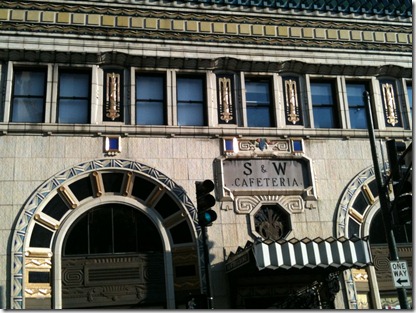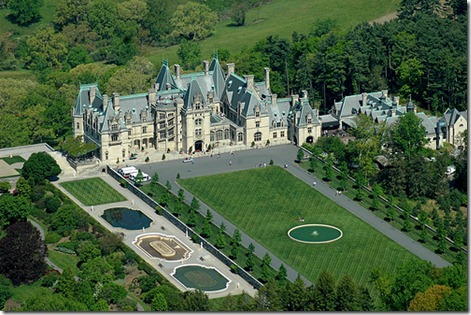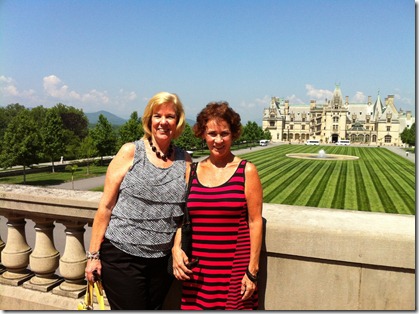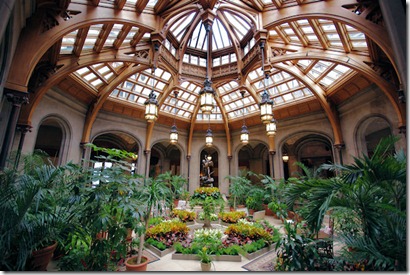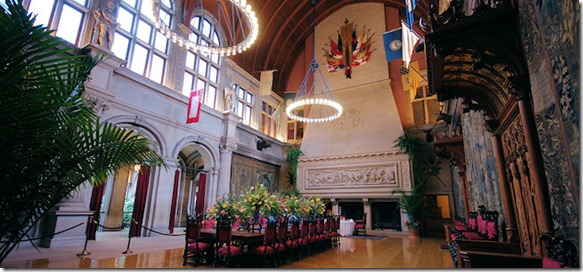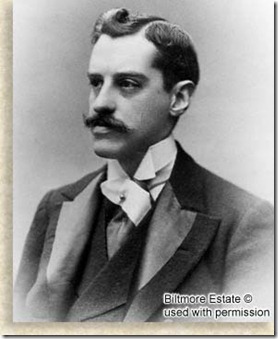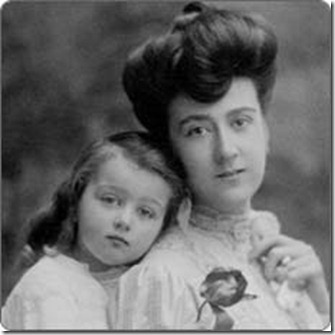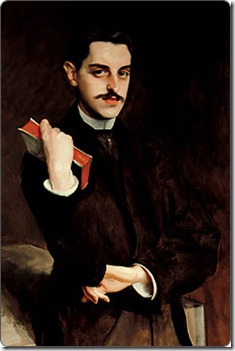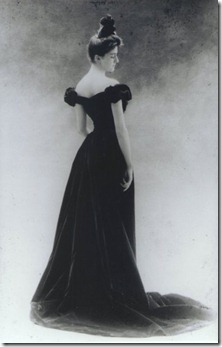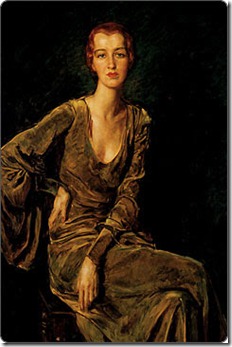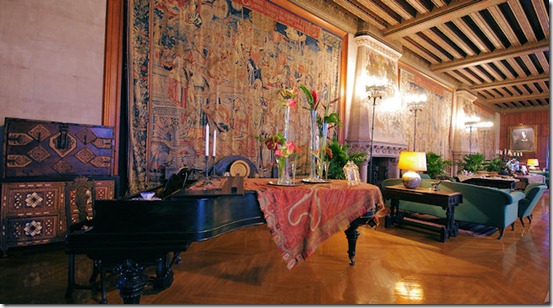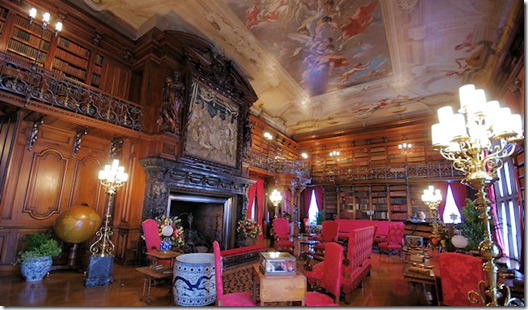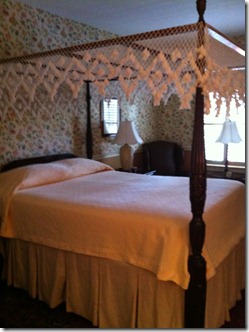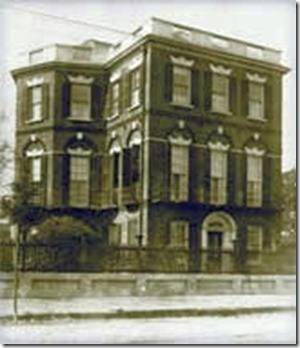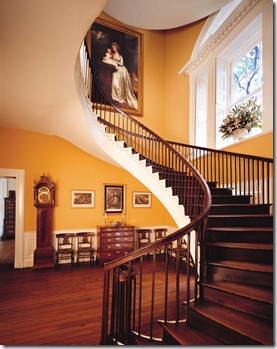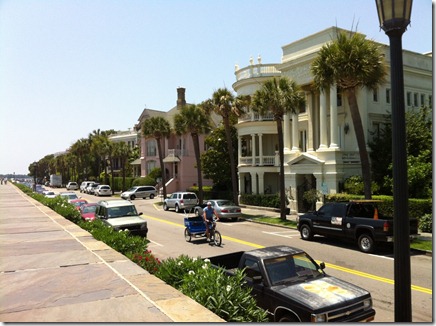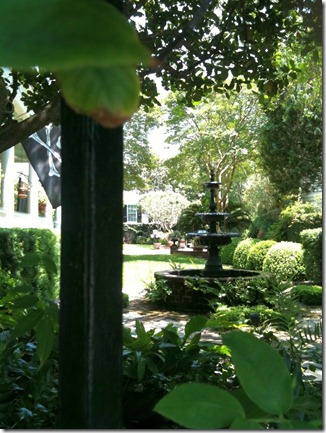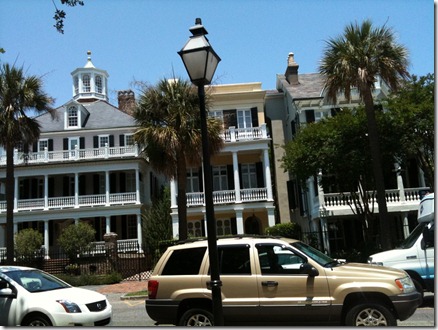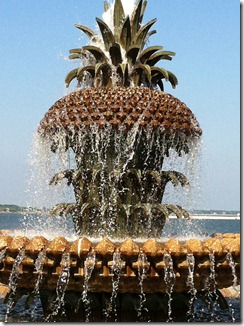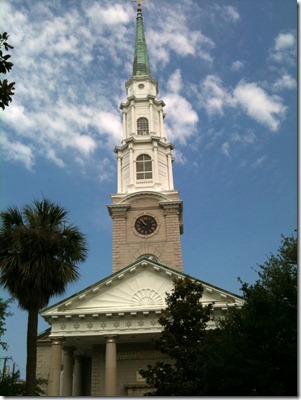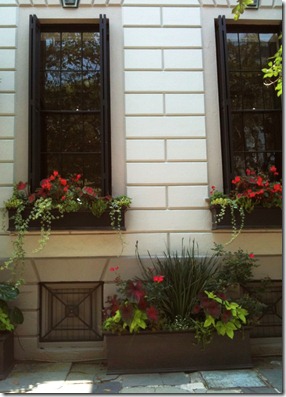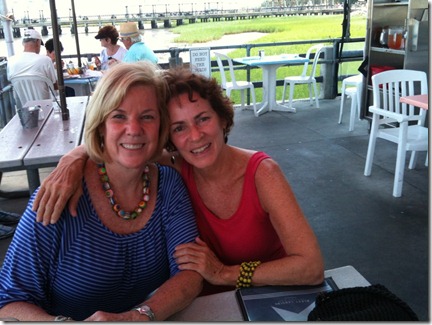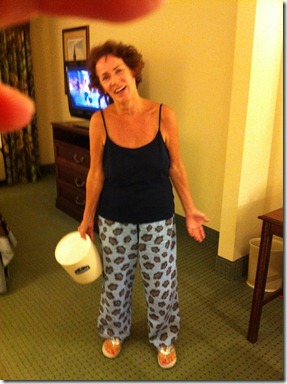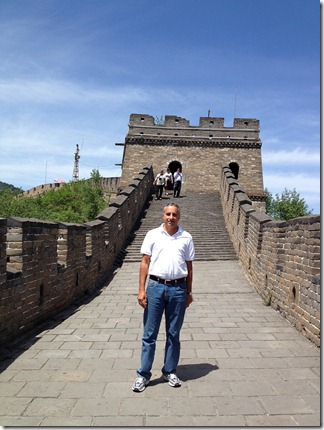My sister Donna and I decided to splurge once more on a local bed and breakfast in Asheville, a small, artsy city in the Blue Ridge Mountains of western North Carolina. We had booked quite a lovely place, but after making the long drive from Charleston we were hardly in the mood for the owner’s ‘guest orientation,’ which lasted more than an hour! As much as we enjoyed the story about the rare wood in the foyer, we really just wanted to drink some water and then hit the streets of Asheville. The owner is a nice guy, but it seems he should be running the Summer Olympics instead of his little inn, which is a bit oppressed by his fastidious management.
We did hit the streets at last and walked several blocks into the center of the city. It was while exploring and selecting a venue for dinner that we got the call from Elise that Jake had checked into a hospital for his dire throat condition from mono that prevented him from swallowing anything. I say this because it was quite upsetting and an uphill battle for any dining establishment to save the evening. The Lobster Trap managed beautifully with their oysters from the North Carolina shore. Donna and I ate four dozen; yes. Surely these were instrumental in Jake’s going home feeling better the following day, as the oysters were very near a conversion experience. This is probably a good moment to report that today Jake is symptom-free and a recent participant in the annual World Series of Poker tournament in Las Vegas.
The Asheville area was primarily an open hunting ground populated by the Cherokees until the 19th century. Loyalties to both the Union and the Confederacy gave the area only a small role in the Civil War. A railroad line brought prosperity to the city until the Great Depression. Economic difficulties plagued the region until late in the 20th century, when the city and its extraordinary deco architecture attracted artists, trendy boutiques, and tourists.
After a delicious, oppressingly organized breakfast at the inn, Donna and I took off for the main attraction in the area: the Biltmore House. This is a French chateau-inspired mansion of 250 rooms built at the end of the 19th century by George Vanderbilt, grandson of Cornelius Vanderbilt of shipping, railroad and ultra-wealth fame. The family wealth only grew into the subsequent generation and enabled George to build an opulent estate designed by Richard Morris Hunt, similar to those of his siblings in Newport, Rhode Island and up the Hudson River in New York. Biltmore is the largest privately owned house in the United States today, though the resident descendants use another home on the sprawling acreage.
 The three-mile driveway to the house gives the first impression of the magnificent forest that George commissioned from landscape architect, Frederick Law Olmsted. He is best known for New York’s Central Park. Acres of scrub brush were transformed into lush forest, farms and English and formal French gardens. Donna and I savored this arrival with the top down!
The three-mile driveway to the house gives the first impression of the magnificent forest that George commissioned from landscape architect, Frederick Law Olmsted. He is best known for New York’s Central Park. Acres of scrub brush were transformed into lush forest, farms and English and formal French gardens. Donna and I savored this arrival with the top down!
Here I am with one of the two best traveling companions in the world: Donna. (Newton shares the title.)
The grounds and gardens change with the seasons; it was too early for the gardens to be in bloom.
George Vanderbilt and his relatives were like today’s mega-stars, always hounded by the paparazzi in Manhattan, where Fifth Avenue Vanderbilt mansions were ubiquitous. George decided to build his “little mountain escape” to get away and to entertain his many famous guests in peace. Authors Edith Wharton and Henry James were among the artists, diplomats and politicians who visited. The house was run in a typical aristocratic English manor style. Every room was connected to servants’ quarters where bells signaled what was needed where. “Downton Abbey” came to mind as we toured because of its depiction of the servants’ interaction with the aristocratic residents and guests. George and his wife, Edith Stuyvesant Vanderbilt, entertained in several rooms, including the Winter Garden and the great banquet hall:
To this day the extended Vanderbilt family celebrates Christmas Eve in these two rooms with the families of all Biltmore workers to commemorate the initial opening of the house on Christmas Eve, 1895.
Here are George, Edith, and their daughter, Cornelia Vanderbilt Cecil:
The portraits of George and Edith are by John Singer Sargent.
George was an erudite, well-traveled man who immersed himself in literature, art and decoration. The rooms, art collections and furnishings one sees while touring Biltmore are the actual decisions and selections he made.
Here are the tapestry gallery and the library:
The lower floors have an indoor swimming pool and an early 20th century gym with torturous-looking equipment. The upper floors have guest rooms and servants’ quarters and an elaborate kitchen.
George died young in 1914 after complications from an appendectomy. Daughter Cornelia, who married an English aristocrat, opened the house to the public in 1930 to help remedy the effects of the Depression on the region. Even though the admission price and audio tour is over $60, the audio is just beautifully done and walks one through the house and through history simultaneously. I was fascinated. The tour generates interest in the Vanderbilt family tree, which branches out to television newsman, Anderson Cooper – son of fashion designer, Gloria Vanderbilt.
Donna and I had a wonderful two-hour, top-down, wind-blown drive to our last hotel, an airport chain type in Charlotte. We were flying off to New Jersey the next morning. Like the other bookend to our headlight parking fiasco at our first hotel, the scene this time had the two of us, exhausted, having dragged our suitcases into the hotel room and the door having slammed shut, blindly searching the walls and desk in sheer blackness for a light switch. The situation was so prolonged we even felt a bit desperate before we found the ill-placed switch on the wall (nowhere near the door) and stopped stumbling over our suitcases in the dark. Then we had a good Needham sister laugh!
Love,
Sandy
